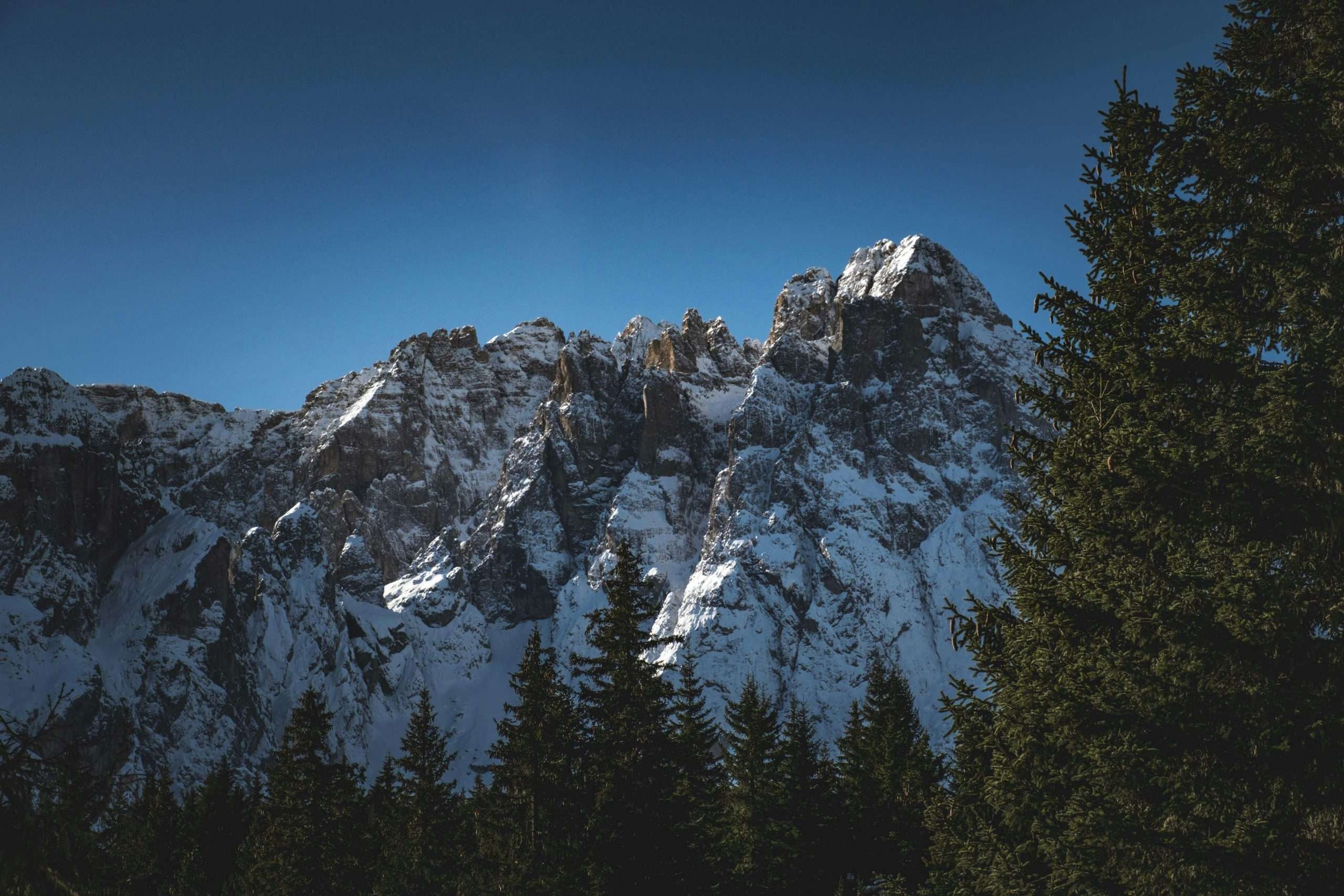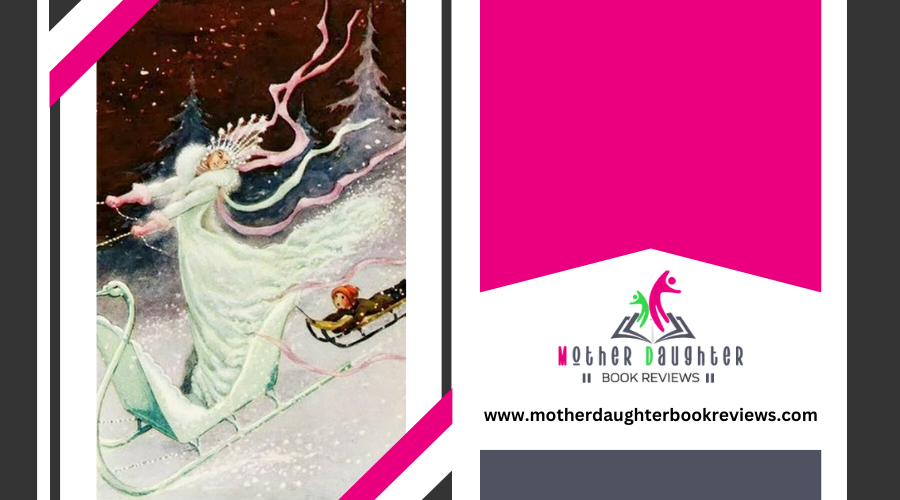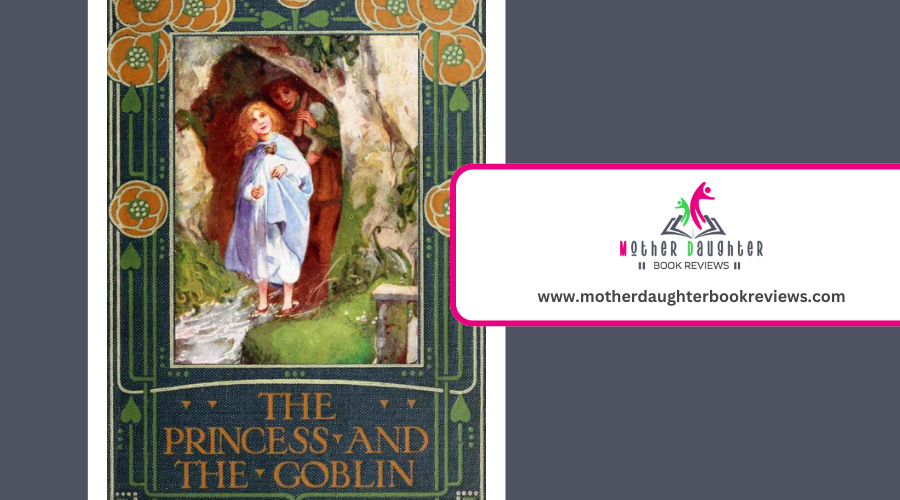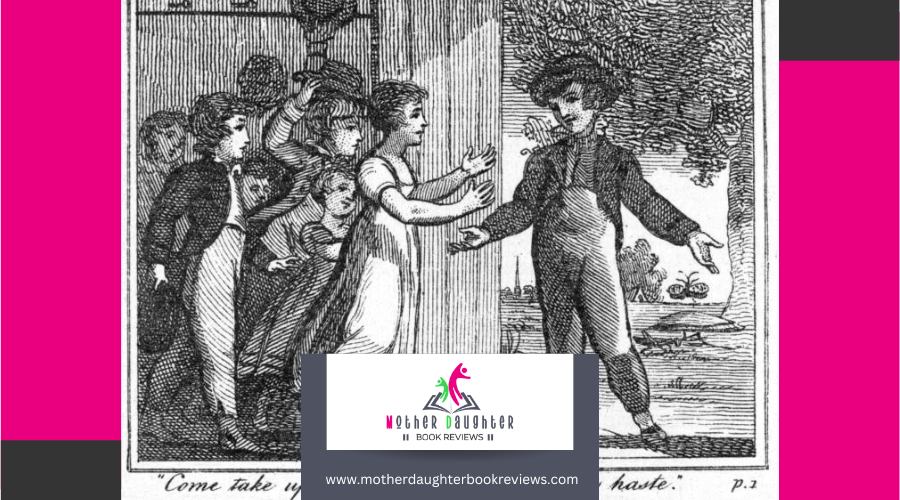Max’s Adventure in Where the Wild Things Are

In "Where the Wild Things Are," you traverse with Max, a mischievous boy clad in a wolf costume, whose room transforms into a magical land brimming with wild creatures. You'll experience lush forests, rolling hills, and mysterious shores. Max becomes the king of these fierce yet friendly Wild Things, uncovering emotional growth, love, and acceptance along the way. His imaginative adventure reflects themes of rebellion, exploration, and the blurring lines between reality and fantasy.
The Story of Max
Max, the mischievous protagonist of "Where the Wild Things Are," captures your imagination right from the start. Dressed in his iconic wolf costume, Max acts out, chasing the dog with a fork and causing chaos at home. This behavior results in a confrontation with his mother, who calls him a "wild thing," triggering Max's emotions. Feeling misunderstood and angry, he retreats to his room where his imagination transforms it into a fantastical world.
Max's expedition begins with this emotional turmoil. As you follow him, you can sense his frustration and yearning for control. His room morphs into a forest, symbolizing his desire to escape reality. The way Max navigates through his feelings of anger and isolation is compelling. You'll notice that his expedition isn't just a physical adventure but an emotional exploration as well.
Max's emotions are raw and relatable. His anger, defiance, and eventual longing for love and acceptance drive the narrative forward. You can see yourself in his shoes, understanding his need to find a place where he feels powerful and understood.
View this post on Instagram
Entering the Wild World
Stepping into the domain of imagination, you find yourself transported alongside Max as he ventures into the wild world. The moment Max's bedroom transforms, you're enveloped in wild landscapes that stretch as far as the eye can see. The sensory examination begins instantly: the rustling of leaves, the earthy scent of moss, and the gentle lapping of waves against a distant shore.
As you walk with Max, three key elements draw your attention:
- Lush Forests: Towering trees loom overhead, their branches intertwining to create a canopy that filters the sunlight in dappled patterns on the forest floor.
- Rolling Hills: These undulating terrains invite you to run, climb, and investigate the natural beauty that seems to go on forever.
- Mysterious Shorelines: The edges of this wild world meet vast waters, hinting at both the isolation and the adventure that awaits.
The Wild Things
As you venture further into the wild world, you're soon confronted by the extraordinary inhabitants known as the Wild Things. These creatures are a fascinating mix of ferocity and friendliness, characterized by their large, imposing bodies, sharp claws, and expressive faces. Each Wild Thing is distinctly designed, yet they share a certain playful aura that makes them unforgettable. Their eyes gleam with curiosity and untamed energy, hinting at their complex nature.
The wild things' characteristics go beyond just their physical appearance. They're capable of both terrifying roars and affectionate gestures. You'll notice their relationship with Max, the protagonist, is particularly telling. Initially, they see him as an outsider, but their bond grows stronger as Max asserts his authority and becomes their king. This evolution showcases the wild things' relationships as dynamic and adaptable, filled with moments of conflict and camaraderie.
As you observe these creatures, you'll see how they embody both the wildness and warmth of the untamed world. Their interactions with Max reveal a deeper layer of connection, emphasizing the importance of understanding and acceptance in their relationships.
Themes of Adventure
Adventure pulses through the very heart of "Where the Wild Things Are," beckoning you to commence on a voyage of investigation and transformation. As you probe into Max's expedition, the investigative spirit propels you into a world where imagination reigns supreme. The themes of adventure are evident in every page, encouraging you to welcome the unknown and unearth new territories within yourself.
You will admire Max's courageous leap into the wild, where he encounters fantastical creatures and learns to navigate uncharted landscapes. This story isn't just about physical investigation; it's about transformative experiences that shape your understanding of bravery, leadership, and self-discovery.
Consider these key aspects of adventure woven into the narrative:
- Imaginative Investigation: Max's expedition to the land of the Wild Things symbolizes the limitless boundaries of your imagination, urging you to examine beyond the familiar.
- Personal Growth: Every challenge Max faces contributes to his growth, mirroring how adventures in your own life can lead to profound personal development.
- Welcoming Change: Max's return home signifies the ultimate transformation, showing you that true adventure often brings you back to where you started, but as a changed person.
Dive into "Where the Wild Things Are" and let its themes of adventure inspire your own expedition of investigation and transformation.

Childhood Rebellion
Childhood rebellion is at the core of Max's adventure in "Where the Wild Things Are." Max's defiance, symbolized by his wolf costume and mischief, is a powerful act of asserting independence and challenging authority. From the moment he dons his wolf suit, you see a transformation. Max isn't just playing dress-up; he's embodying a spirit of playful defiance against the constraints of his world.
You can feel the raw energy of childhood independence when Max is sent to his room without supper. Instead of succumbing to his punishment, he creates a vivid world where he's in control. His expedition to the land of the Wild Things is a direct extension of his refusal to conform. There, he's not just a kid in trouble; he becomes the king of his own chaotic, yet liberating, world.
In this land, Max's rebellion is celebrated, not scolded. The Wild Things themselves represent the untamed aspects of childhood, and they respect Max's audacity. Through his playful defiance, you see a child's quest for autonomy and the desire to carve out a space where their voice is heard, loud and clear.
Imagination and Reality
Max's rebellious spirit opens the door to an adventure where the lines between imagination and reality blur. Through his imagination exploration, you're transported alongside Max to a fantastical world inhabited by Wild Things. It's a place where the boundaries of reality are pushed, allowing you to see the power and freedom that comes with a vivid imagination.
In this magical land, you witness how Max's imaginative prowess creates an entire universe where he rules as king. The Wild Things acknowledge his authority, showcasing how imagination can momentarily override reality. Here, the impossible becomes possible, and the ordinary transforms into the extraordinary.
Emotional Growth
In the expedition through the land of the Wild Things, you witness significant emotional growth as Max navigates his feelings of anger, loneliness, and frustration. Initially, Max's rebellious behavior stems from a lack of understanding and control over his emotions. As he ventures deeper into this imaginative world, he faces creatures that mirror his inner turmoil, allowing him to confront and process these powerful emotions.
Through his interactions with the Wild Things, you observe Max's odyssey towards emotional resilience. He learns to balance his need for freedom with the responsibilities of leadership, as seen when he becomes the king of the Wild Things. This role forces him to empathize with others' feelings, fostering a deeper understanding of his own emotions.
Conclusion
Witnessing Max's emotional growth provides a profound understanding of "Where the Wild Things Are" beyond its surface story.
First, the cultural impact is undeniable. Maurice Sendak's story has influenced generations, embedding itself in the fabric of our collective consciousness. Its literary significance can't be overstated, as it bridges the gap between simple storytelling and deep emotional exploration.
Second, the book's artistic interpretations have expanded its reach. From stage adaptations to animated films, "Where the Wild Things Are" has inspired countless artists. These adaptations improve our appreciation of the narrative and its psychological themes, such as dealing with emotions and understanding oneself.
Third, the reader connection remains strong. The story's modern relevance guarantees that new generations find meaning in Max's expedition. Its timeless appeal lies in its ability to speak to universal emotions, making it a perennial favorite.




